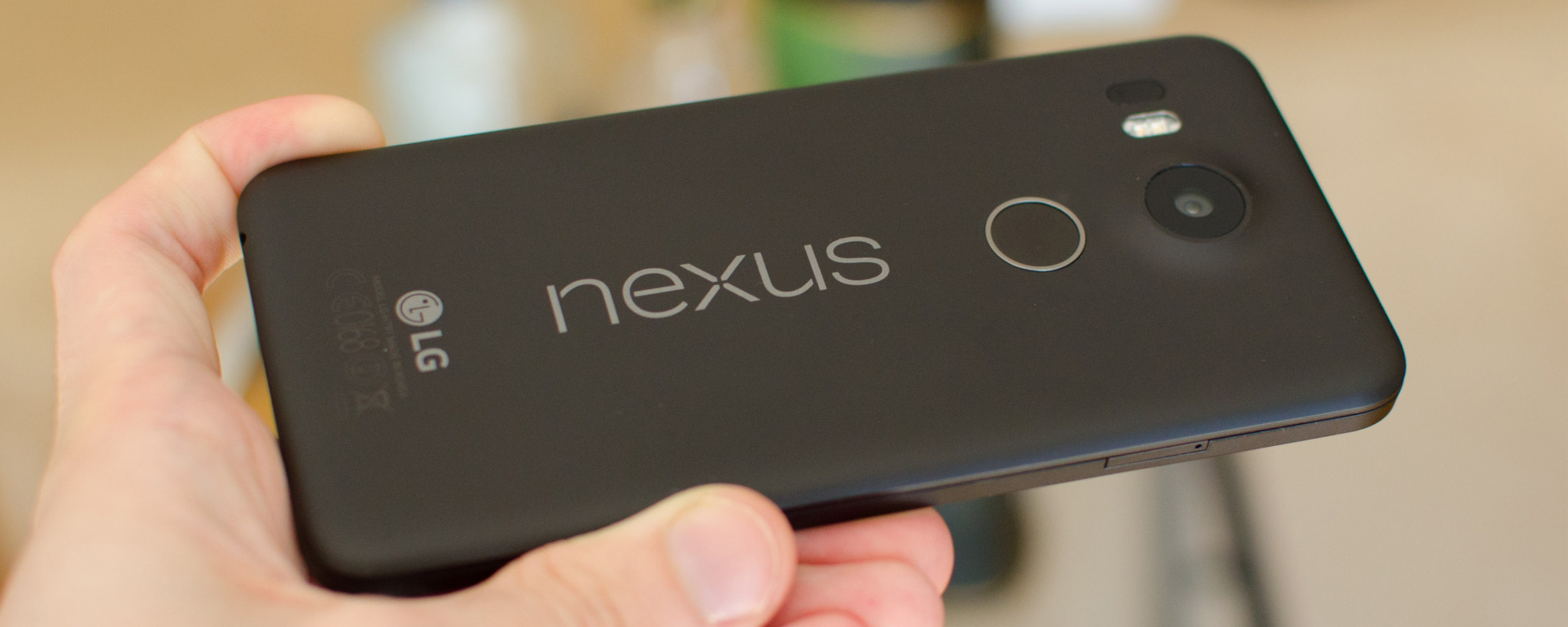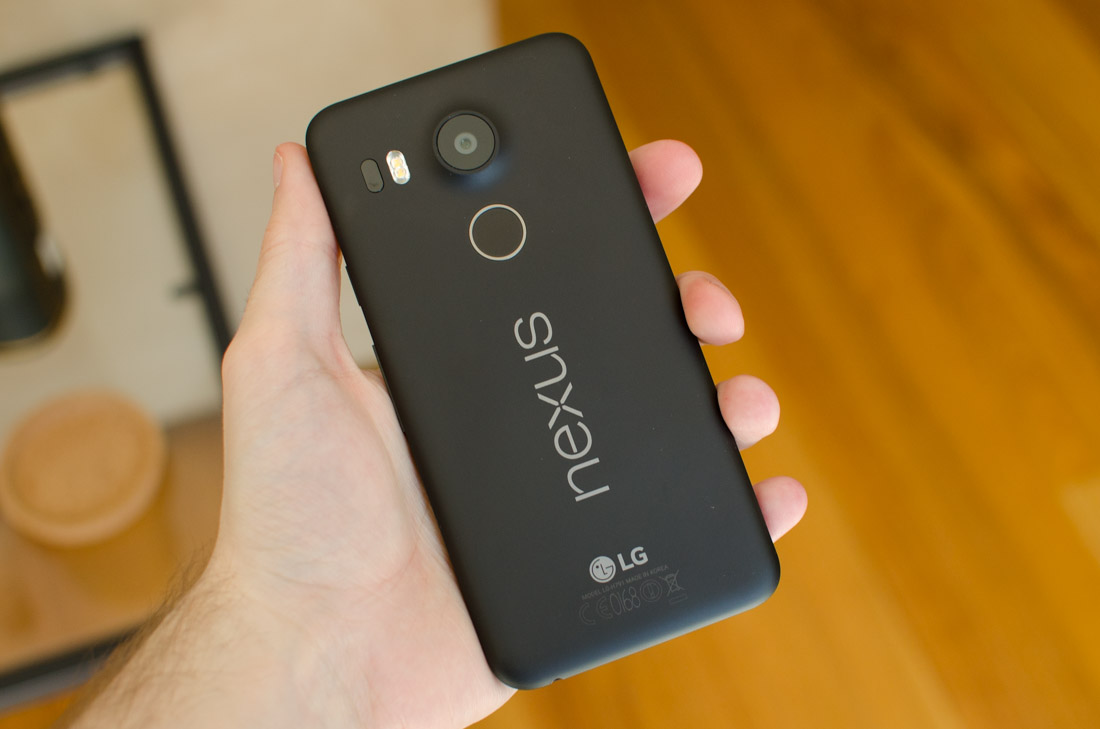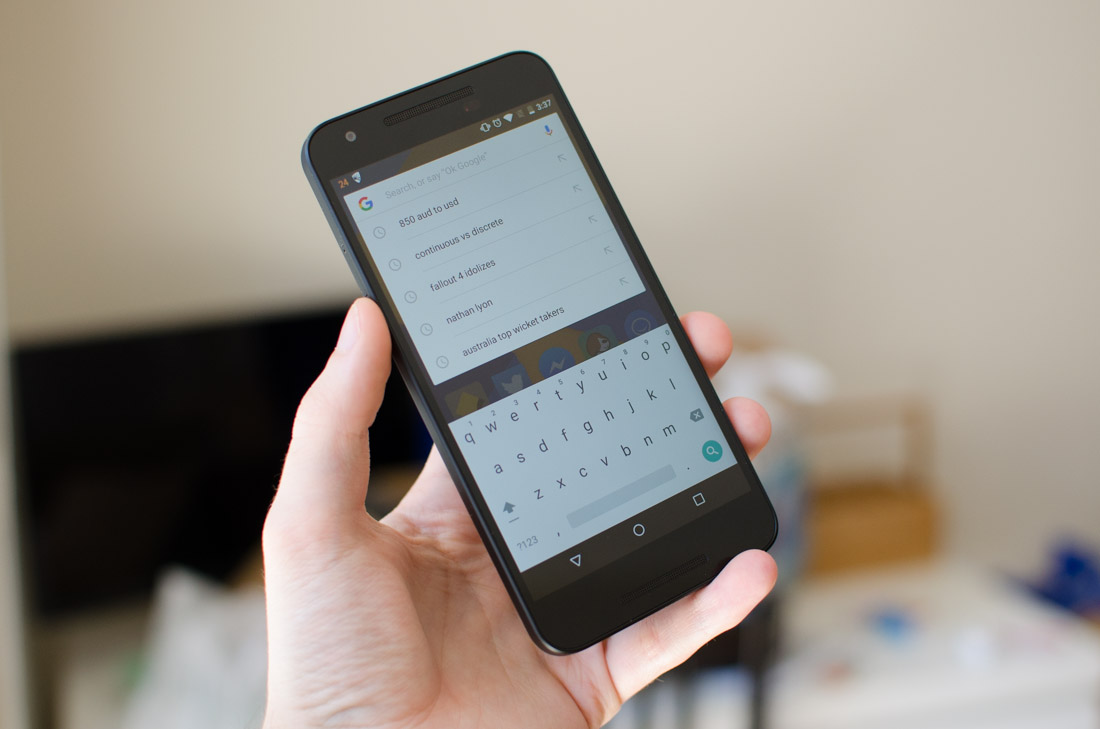Wrap Up: What's to Like in the Latest Nexus
As a fan of the Nexus 5, I really like what Google and LG have managed to produce in the Nexus 5X. The handset improves upon its predecessor in many ways, while still keeping the same signature qualities we've come to expect from a Nexus device.
The camera is undoubtedly the Nexus 5X's standout feature. The 12.3-megapixel shooter with large 1.55 micron pixels delivers quality photos in most situations, and does an especially good job when photographing inside. The camera app could use some work, and the lack of optical image stabilization sees the it fall behind the best phone cameras (Galaxy S6, for example), but I think users will still be very happy with what the Nexus 5X brings in.
Other compelling reason to purchase a Nexus 5X is, of course, the stock Android experience. Android 6.0 'Marshmallow' includes a range of great new features, including an all-new permissions system, the moderately-useful Now on Tap, integrated battery saving functionality, and more. The Nexus 5X also guarantees fast updates, the most secure version of Android, and no OEM skins for life, giving it a clear software advantage over other Android devices.
That's not to say Android 6.0 is the perfect operating system. Google's battery saving features can easily be disabled by a developer, and it's too early to say whether they'll have a significant effect. Now on Tap also suffers from a lack of third-party app support. It remains to be seen if Now on Tap will evolve into something truly useful as Google Now did, or is nothing more than a gimmick.
The use of a Snapdragon 808 in the Nexus 5X isn't surprising, and the SoC is no slouch in games or everyday tasks. Unfortunately this implementation of the Snapdragon 808 isn't great, as the Nexus 5X suffers from pretty severe throttling that limits performance in sustained workloads. In general usage this won't be a big issue, but performance will be lower than its competitors in lengthy gaming periods.
Google's mandated use of storage encryption also affects NAND performance, which means the Nexus 5X doesn't load apps as fast as devices without encryption, such as the Galaxy S6 and iPhone 6s. While encrypting a smartphone is a good idea from a privacy perspective, it's clear that today's hardware isn't good enough to keep up with the demands of encryption without affecting performance.
In many ways, the Nexus 5X ticks all the right boxes for a well rounded yet budget-friendly Android device, with its great display, excellent camera and use of stock Android.
What doesn't affect performance is the use of a 5.2-inch 1080p display. The particular IPS LCD that LG has used in the Nexus 5X is excellent, delivering crisp visuals and awesome color reproduction thanks to great accuracy. Brightness doesn't go quite as high as its competitors, but the thin piece of glass between display and air prevents reflections from being a significant issue, while also improving viewing angles.
The relatively small 2,700 mAh battery in the Nexus 5X delivered slightly below average battery life. While you will get better battery performance than the Nexus 5, which was known to have awful stamina, the Nexus 5X doesn't set any records. With that said, some of the 5X's competitors - the Galaxy S6, Xperia Z5, and One M9 - aren't any better.
The design of the Nexus 5X is a little underwhelming, or should we say serviceable. Most of the body is made from a soft matte plastic, plastered with a large Nexus logo on the back. The 5X doesn't have the same premium feel as some of its direct competitors like the LG G4 and Moto X Style, though the phone is a decent size and quite ergonomic.
The Nexus Imprint fingerprint sensor on the rear panel is accurate and very fast to respond, making it easily the best fingerprint implementation I've used on an Android device. With the new fingerprint API in Android 6.0, hopefully we'll see more great implementations in future devices.
So is the Nexus 5X worth buying at $379 for the 16 GB model, and $429 for the 32 GB model? In many ways, the Nexus 5X ticks all the right boxes for a well rounded yet budget-friendly Android device, with its great display, excellent camera and use of stock Android. Even though it's more expensive at list price, the 5X is a better buy than the OnePlus 2 for these reasons, and thanks to OnePlus' idiotic invite system, it should be easier to purchase.
Compared to the Moto X and LG G4, two great, similarly-priced Android mid-range offerings, the choice becomes harder. Neither of those phones have a fingerprint sensor. The LG G4 is about the same price and features a better array of hardware and a better camera, but stock Android might be more appealing to some. The Moto X is larger and arguably more beautiful and customizable. It also shares a near pure Android experience albeit it's yet to receive Marshmallow.
Editors note: While working on this review, Google temporarily reduced the price of the Nexus 5X to $299 and $349 for the 16/32 GB models respectively. At that price point, the Nexus 5X is without a doubt one of the top value choices in the Android realm, flirting with Moto G's territory.
So while the Nexus 5X isn't a clear winner in the Android market, and there are some noticeable issues that keep it from true greatness, the handset is a fantastic successor to the Nexus 5 and still a worthy purchase at its asking price, even more so when discounted.
score
Pros: Finally a Nexus device with a good camera. Stock Android comes with tons of advantages. Excellent display. Fast, accurate fingerprint reader. Good value.
Cons: Bland design is outdone by the competition. Performance, especially NAND performance, is below par. Below average battery life.




